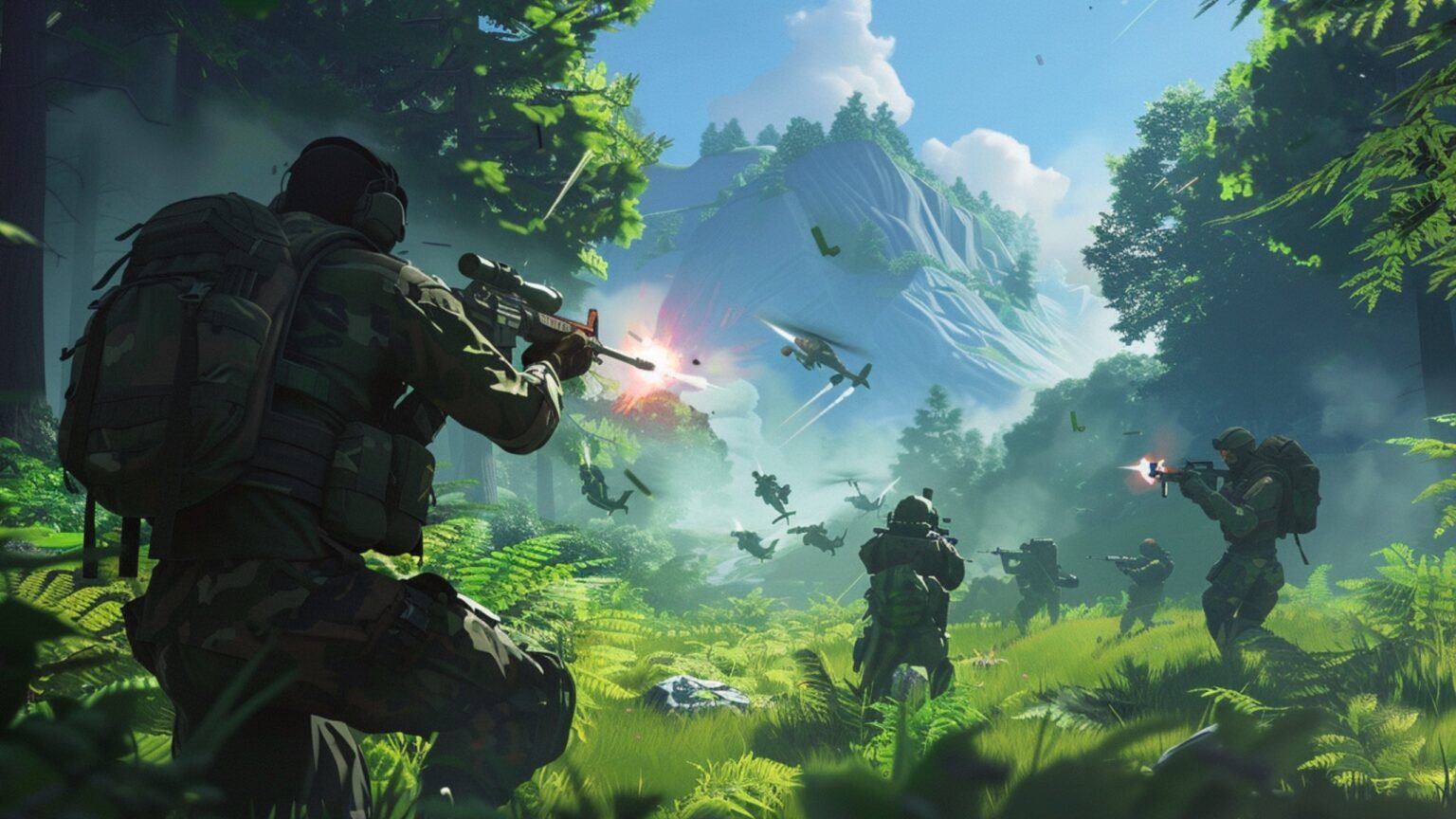The US Navy’s eSports team, Goats & Glory, aims to recruit young gamers, allocating $4.3 million to eSports marketing amid ethical concerns over targeting youth.
Despite the recruitment struggle, branches are using huge hits like Fortnite as marketing tools. However, some veterans see the practice as unethical, especially given the age of the gaming audience.
The U.S. military is faced with a recruiting crisis that is driven by the decline in white enlistments, and it must address the complex issues surrounding demographics, national security, and the ethics of its recruitment practices.
the US military is using esports games like Fortnite and Valorant to recruit children these days. steam is coming out of my ears. https://t.co/5nHW1CkeH7
— jamison shea 🩸 (@wickedjamison) February 14, 2024
Gaming and military recruitment
To increase recruitment, the US military has started using gaming more frequently since 2018. This comes at a crucial moment since the US armed forces are experiencing their biggest recruiting crisis since turning into an all-volunteer force following the Vietnam War.
From the military’s point of view, targeting gamers makes sense since it allows them to reach the younger, tech-savvy demographic they wish to recruit. However, a few veterans said that it is unethical to promote the military through video games, effectively turning combat into a game.
For instance, the twelve enlisted sailors that comprise the US Navy’s Goats Glory squad engage in online competition with gamers.
Of primary concern is just how young the military’s gaming audience is. Online gaming spaces are popular with minors, many of them not yet 13 years old, and the military deliberately capitalizes on games that appeal to them.https://t.co/GSm45k4rG5
— Blue Mouse (@remains_toked) February 14, 2024
A major worry is the young age of the military’s gaming audience; online gaming spaces are popular with minors, many of whom are under the age of 13, and the military intentionally capitalizes on games that appeal to them. If the military’s recruiting efforts are successful, these kids and teens will eventually apply the skills they honed while playing games they love to warfare, such as piloting drones to kill from a distance. Each year, the Navy devotes 3.5% of its marketing budget to eSports initiatives, which amounts to up to $4.3 million.
Gaming online and in schools
After the military failed to reach its recruitment targets in the late 1990s, it released a video game targeted at younger audiences. According to a colonel in charge of the initiative, “a kid starts thinking about what he’s going to do with his life at age 13, not at age 17.” Corey Mead is the author of War Play: Video Games and the Future of Armed Conflict. “You can’t wait until they turn 17 because they will have made up their mind to attend a trade school or college by then.” America’s Army and the ensuing game were great hits. Mead claims that the military’s and the gaming industry’s relationship is still “symbiotic,” with the military lending resources to game makers in return for the pro-military narratives.
The first military eSports team was formed in 2018 by the army. However, it was accused of unethical recruitment practices in its Twitch stream. This included censoring questions about war crimes in its chat and holding a fake Xbox controller giveaway.
Ethical concerns
Significantly, Representative Alexandria Ocasio-Cortez proposed a ban on Twitch recruitment that did not pass. Gaming recruitment continued, but the army stopped streaming on Twitch.
today @AOC spoke to congress on the military including the US Army esports team using Twitch to recruit minors
'this amendment is to specifically block recruitment practices and funding on platforms like Twitch.' pic.twitter.com/KTThUdOg7W
— Rod Breslau (@Slasher) July 30, 2020
Furthermore, the growing dependence on eSports for recruitment has raised questions about the responsibility of the military to portray its role accurately and ethically to potential recruits.









 and then
and then